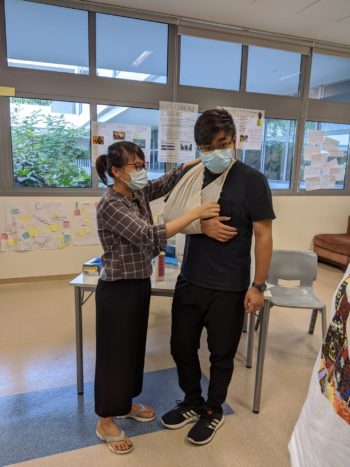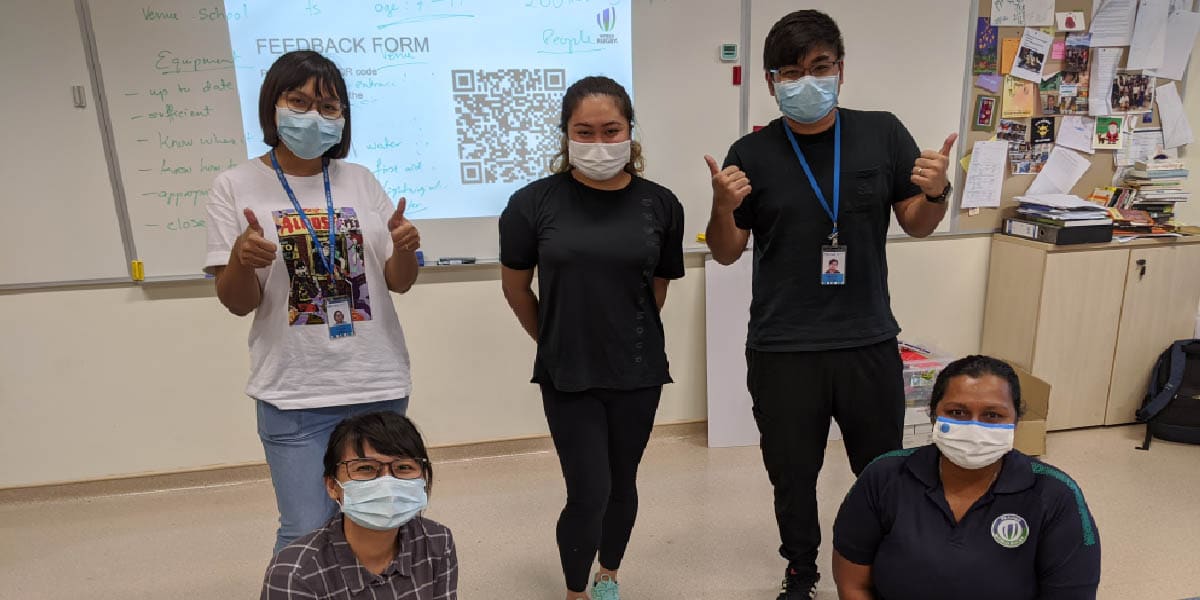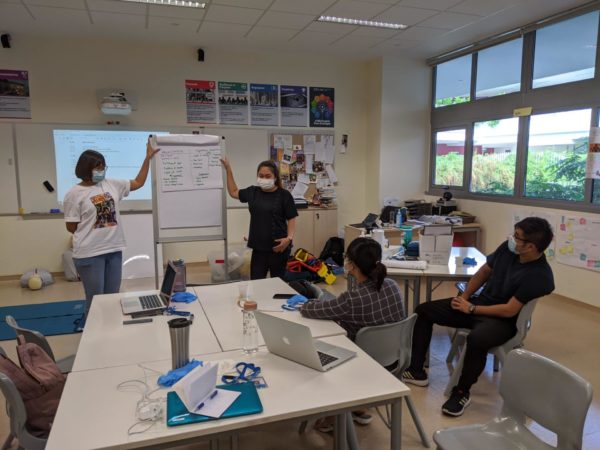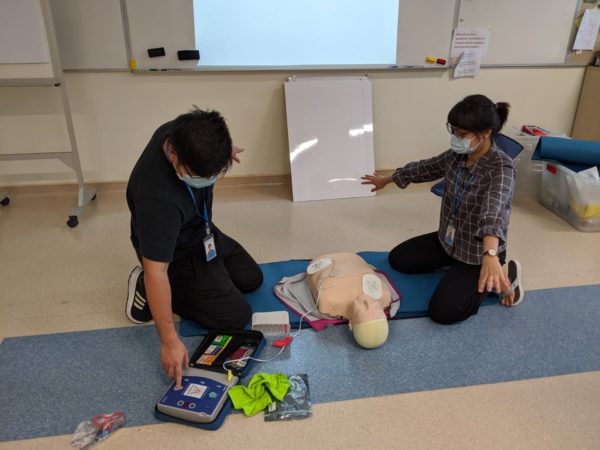[World Rugby FAIR course, Singapore] Ms. Merianne Selvaraj (World Rugby Medical Trainer) shares her thoughts on her first Face to Face World Rugby Medical Course (World Rugby FAIR course) since the inception of the COVID-19 lockdown and social distancing protocols (July 2020)
In these unprecedented times of the COVID-19 global pandemic, where so much has changed, it was good to return to a small semblance of normalcy.
Related News: World Rugby course completions reach 1.5 million as e-learning surges during COVID-19 pandemic
For me, that was the opportunity to teach a face to face World Rugby First Aid in Rugby (FAIR) course in Singapore. Embracing the new normal, Singapore Rugby Union took up the challenge of running the first face to face World Rugby FAIR course with the new COVID-19 restrictions.
Singapore had recently begun the first phase of relaxing the COVID-19 lockdown restrictions. In this phase, face to face medical courses are allowed to be run in small groups of 1:5 which worked well with the World Rugby educator to participant ratio.
Prior to running the course, educators and union staff checked the Singapore Resuscitation and First Aid Council’s guidelines and ensured compliance with all national regulations.
The course was requested by United World College South East Asia and was conducted for their new school nurses.
Having healthcare practitioners meant that participants had strong foundational knowledge of anatomy and biology.
However, the challenge still remained as the nurses confessed to having little, or no knowledge of rugby other than the online rugby ready module.
The smaller group of 4 participants ensured there was sufficient space for social distancing and added time for sanitising in between.
The course was run in the school during the term break. This meant very few students were around and there was strict control and tracking of individuals entering and leaving the school along with temperature taking which was beneficial in helping us to stay as safe as possible.
All participants and educators were required to sit at least 1 metre apart and to wear a mask at all times during the course.
This proved to be a challenge for us all as it made it difficult to hear one another at times. Thankfully, the quiet 
Hand sanitizers and disinfectant wipes were available and used regularly during the course.
Close proximity, as well as physical contact during a course like this, is inevitable, particularly during the practical sessions. Special precautions had to be employed here:
- All were reminded to utilise the hand sanitizer before and after any contact with one another or the equipment
- CPR mannequins were wiped down after each use.
- Added precaution close proximity or physical contact between participants was limited to 15 minutes at a time. (In accordance with CDC recommendations)
It was challenging to adhere to, but with the collaboration of both educator and participants, reminding one another, it worked quite well.
Despite the many challenges and adjustments, the course was enjoyable and successful with all the participants achieving competence.
For me as an educator, the chance to deliver the course was refreshing, as I was able to connect with others, share knowledge and passion for the sport – which is a valued piece of normalcy during these uncertain times.
This sentiment was heartily shared by the participants on the course, who all reported having enjoyed themselves.
It may not be the normal we are used to but perhaps a new normal that will be established, one with safety in mind while still allowing us a chance to enjoy a sport we all love.




